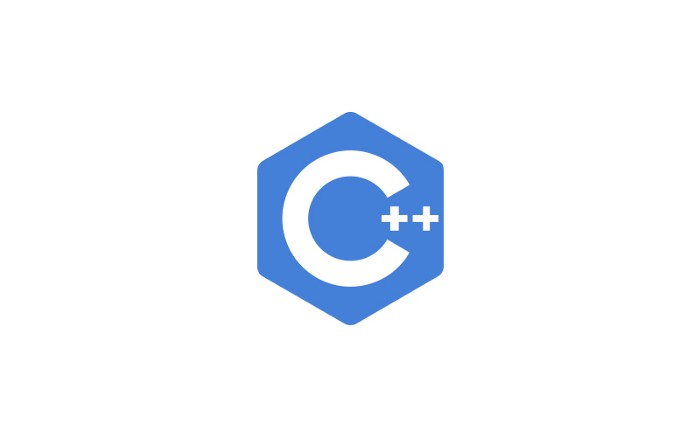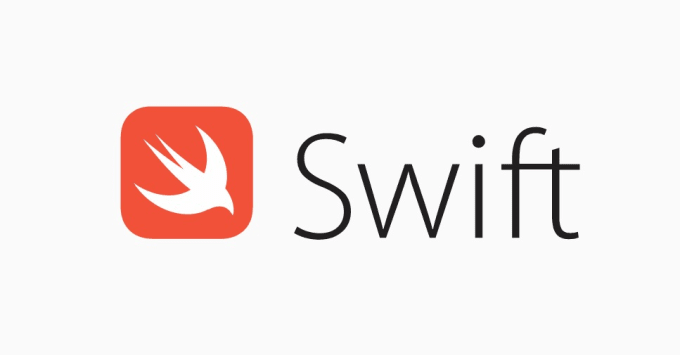30.07.2020
 1039 viewing
1039 viewing
What Programming Languages Are Used to Develop Mobile Applications?
There are many opinions among mobile developers about which programming language is best for mobile app development. Each language has its advantages and disadvantages, development prospects, or conversely, signs of loss of popularity. The choice of language largely depends on which platform you are building a product for - Android or IOS. In this article, we will tell you which languages we prefer in Wowmaking and explain the features of each of them.

There are many opinions among mobile developers about which programming language is best for mobile app development. Each language has its advantages and disadvantages, development prospects, or conversely, signs of loss of popularity. The choice of language largely depends on which platform you are building a product for – Android or IOS. In this article, we will tell you which languages we prefer in Wowmaking and explain the features of each of them.
Programming languages for Android

Kotlin
For developing Android apps, Google recommends using the Kotlin language, which appeared about 3 years ago. It is expected that the creation of new standard tools, such as libraries, will be focused on Kotlin.
It is an open-source language and it contains all the best from Java, Scala, TypeScript. At the same time, Kotlin has several advantages. These include intuitive syntax and consistency, which improves programmer productivity. Kotlin has high compatibility with Java and its libraries. Coding rules help developers avoid even minor errors that are difficult to detect before running a program, such as NullPointerException. The language has extensibility and automatic detection of data types. Supporters of the language like Kotlin for its brevity, quality, and readability.
Kotlin is practically devoid of defects, so it is rapidly gaining popularity among Android developers. Uber, Atlassian, Pinterest have already transferred their products to it.

Java
Despite the growing popularity of Kotlin, Java remains the most widely used programming language for Android apps.
Java is recognized as the language of the official Android Studio development environment, which gives access to a huge number of tools. There are also many libraries and tutorials developed for Java, and Google documentation is written with links to this language.
Working with Java requires a high level of abstraction and does not tolerate simplifications, which makes the code longer and more cumbersome, and reduces the performance of the language. When developing products, be aware of exceptions that can cause the application to crash, class constructors, and so on. On the other hand, if standards are followed, the language is easy to read and structure. The pluses of the language also include automatic memory management, a high level of security, multithreading, and portability.

C / C ++
These are low-level languages that allow you to write native applications, games, or other resource-intensive programs. C / C ++ are supported by Android Studio through the Android NDK (Native Development Kit). In other words, the code will run through a special device that helps use the maximum resources of Android devices and more control over memory, gestures, sensors, and other elements of the system.
С / С ++ cannot be called convenient languages; they are complex in settings and have cumbersome syntactic constructions. They are best used to write individual program modules for complex operations like graphics or video processing.
The advantages of languages also include high performance and versatility. At the moment, languages have a huge community that supports and develops them.
Programming languages for IOS
For iOS applications, Apple developers have provided two options: a programming language with a history of several decades – Objective-C and a new one with growing popularity – Swift. Both languages are object-oriented.

Objective-C
Objective-C grew out of the C programming language and is still the main one used by Apple today. The code in this language is highly maintainable; when new updates are released, changes are usually minimal. A huge community of developers has formed around the language; tons of documentation and literature have been developed, and official resources are constantly updated by Apple.
Objective-C is highly compatible with Swift, so two languages can be used simultaneously in one project.
As a minus, one can note the heaped syntax and not the highest performance.

Swift
Swift is only 6 years old. It is based on the Objective-C and C languages but noticeably surpasses them. Strict typing of objects in the language allows you to reduce the number of errors at the stage of writing the code. The process of creating applications has become more flexible due to the invention of generic patterns, closures, and multiple return values in the language. The main advantage of the language is speed; its performance is close to C ++. Swift is easy to read, has simplified navigation, and it’s easy to add new features. Overall, the code has become shorter and more secure. Unlike Objective-C, this language uses dynamic libraries, which allows the program to run stably.
A significant disadvantage is the presence of a “bridge” when interacting with Objective-C files, which can slow down the development process. In addition, it can only be used for products running iOS7 or later; earlier versions are not supported.
In addition, IOS also supports the C ++ language, but it is impossible to completely write a product using it. It is used to write complex algorithms or individual modules. In any case, the application interface must be created in one of the Apple languages.
These are what Wowmaking has determined as the top languages for developing mobile applications. We hope this helps you decide which language to use for your application.
And if you are already engaged in the development and use one or several programming languages we’ve described, then visit our website wowmaking.by, where there are many vacancies for programmers, discover how our company operates and what kind of people work on our team. You can find out more on our pages on social networks Facebook, Vkontakte, Linkedin, Instagram.
Photo on Unsplash
Credit: wowmaking.medium.com
